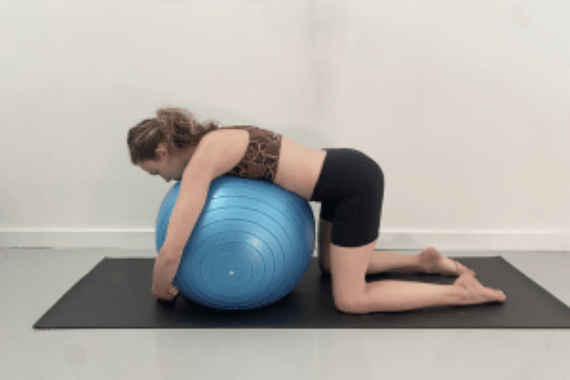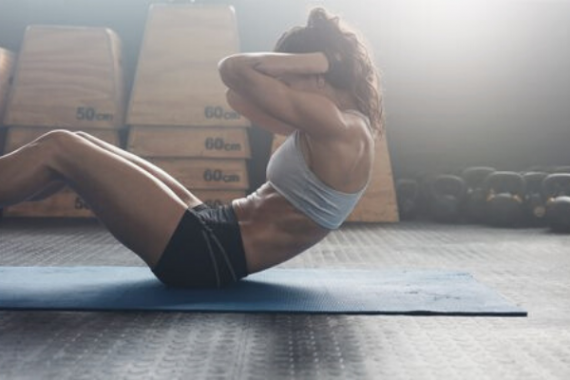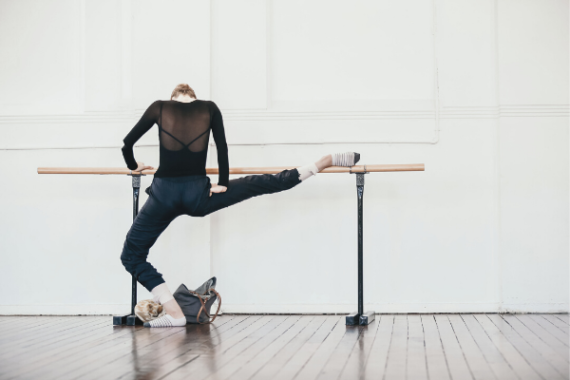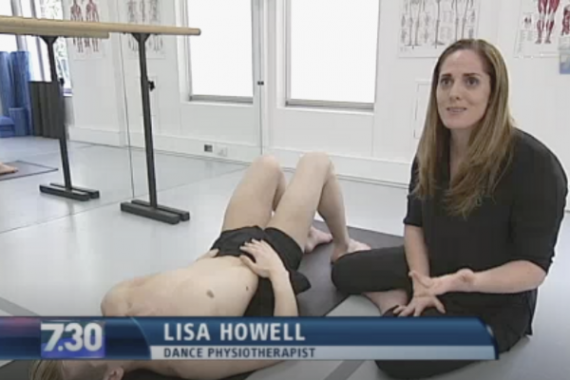Cracking Joints in Hypermobile Dancers
Many dancers ask whether cracking joints are safe. Many parents hate hearing their children crack almost every joint in their body, but often have no idea why they detest it so much! It is very important to avoid self-manipulation for a variety of reasons. This is especially true if you crack the same joint all the time, and even more important if the joint cracks on its own accord! I hope the following videos and points will help clarify this for you!
The first video is an MRI of a finger joint (IP joint) being manipulated. Note the sudden calibration between the outside of the joint and the inside of the joint when the manic is performed. While this may seem innocent enough, the frequent adjustment of a joint leads to increased laxity of the ligaments, leading to more frequent manipulation. While cracking joints does not directly lead to increased rates of Arthritis, unstable joints get more arthritic due to the cartilaginous surfaces undergoing more wear from excessive movement.
- Finger cracking is not as detrimental long term as joints such as the hips or back but if you are doing excessive amounts of typing and experience discomfort this may be something that needs to be looked at. I usually suggest slow, isometric stability exercises for each of the fingers, with each one held in slight flexion against the desk. It is also important to look at the position of your shoulders and your posture and desk set up to make sure that there are no other reasons for excessive loading through the fingers.
- Many dancers (and ex-dancers) feel the need to crack their hips and back at regular intervals. In both my personal and professional experience this tends to increase over time, but also has diminishing returns in the amount of relief given by cracking the joint. For more detail about this please watch the video above.
- It's hard to go "Cold Turkey! Instead of trying to stop cracking completely, try to reduce the number of times a day you crack each specific joint.
- Use the desire to crack as a warning sign for instability. The more frequently the need to crack is felt, the more unstable the joint. This indicates that more specific deep stabilising exercises, aimed at dynamically stabilising the joint should be done more frequently, and then the need to crack will reduce over time.
- I create a plan of attack for each dancer, giving them a mobilising exercise to release the pressure, and a stabilising exercise for the joint to do whenever they feel the need to crack. This helps reduce the urge to crack long-term and helps protect the joint surfaces.
For more information on how to specifically do this, please check out our New Approach to Core Stability program.
I hope this helps!
Core Resources
If you are looking to delve deeper into this topic, check out the following programs:
- A New Approach to Core Stability: This program approaches Core Stability training in a completely new way. Using a simple visual chart comprising of 5 different positions (Lying, Side Lying, 4 Point, Sitting and Standing) and 5 different grades, you can work your way through the entire program at your own pace, layering levels of stability to achieve ultimate dynamic control of the spine and pelvis.
- Level One Dance Teacher and Therapist Training: This unique course covers a multitude of assessment and treatment techniques to individualise a dancer's training. With special focuses on Postural Control, Core Stability, Flexibility, Basic Classical Technique, The Dancers Hip, Allegro, Spinal Mobility and Arabesques, it is suitable for anyone working closely with dancers.







